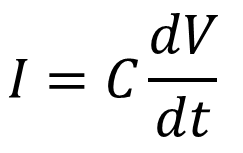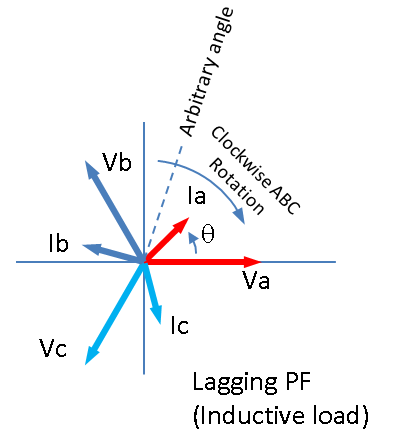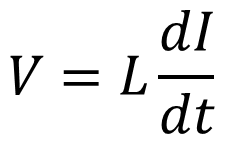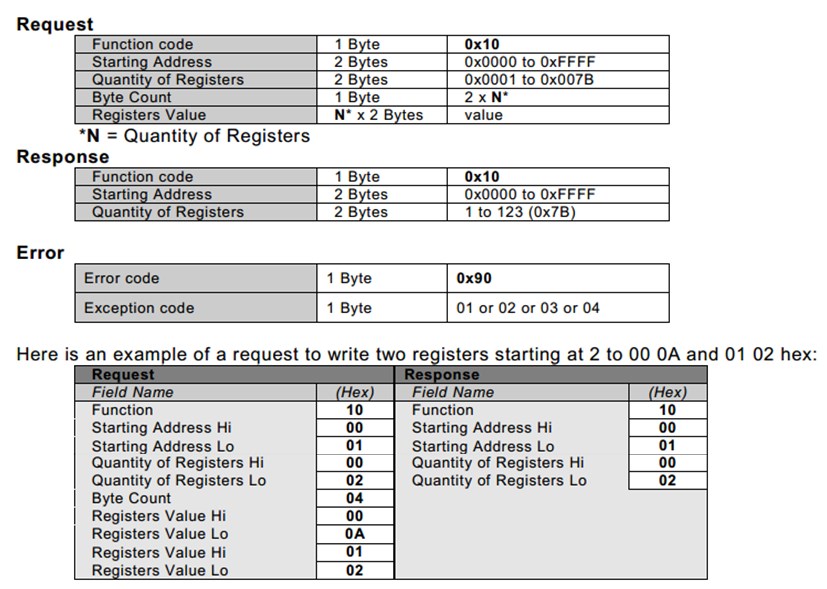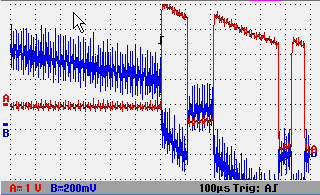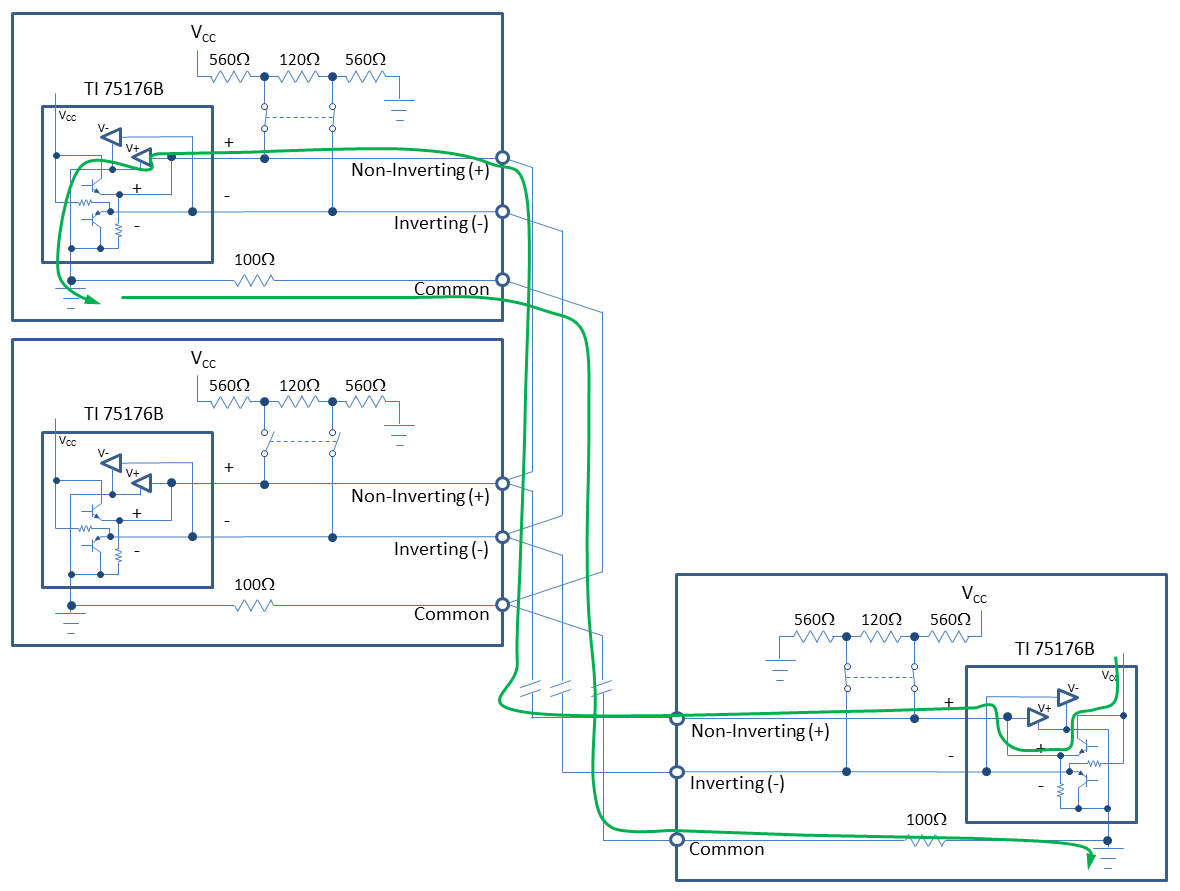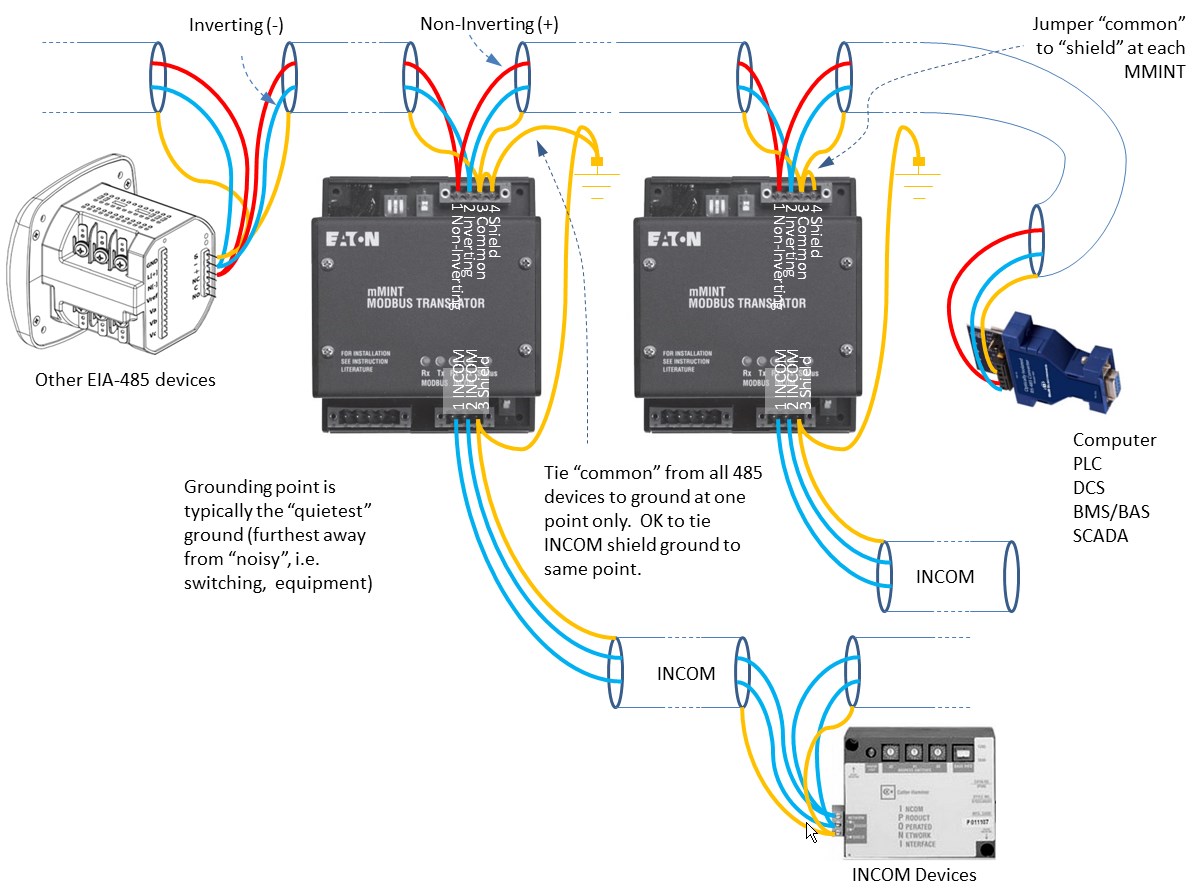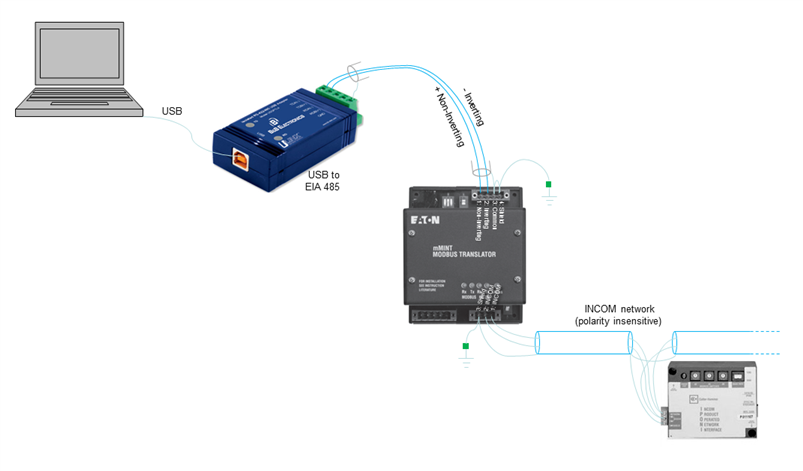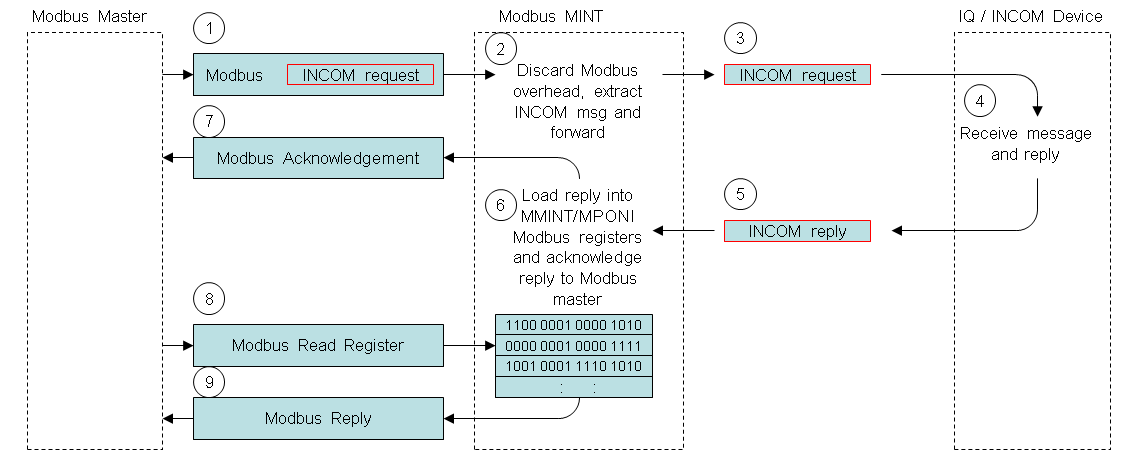The AC secondary network system have been used for many years (since 1920s!) to distribute electric power in the high-density, downtown areas of cities, usually in the form of utility grids. Modifications of this type of system make it applicable to serve loads within buildings. The major advantage of the secondary network system is continuity of service. No single fault anywhere on the primary system will interrupt service to any of the system's loads. Most faults will be cleared without interrupting service to any load. In fact, unlike "conventional" circuit breaker protected circuits, the network is designed so that a fault will 'burn clear' without interrupting current.
The primary protective device used in a network is called the network protector (NWP). Because the NWP is not designed to open during a fault downstream, protective relaying is different than on conventional systems connected to loop or main-tie-main systems.
I created a 30 minute narrated PowerPoint video that explains some of how a LV secondary network functions.
You can learn more by visiting the LV secondary network site at Eaton.com or by reading the power distribution engineering section within the Consulting Application Guide (CAG). Secondary networks begins on page 14 (as of the date of this entry).
The primary protective device used in a network is called the network protector (NWP). Because the NWP is not designed to open during a fault downstream, protective relaying is different than on conventional systems connected to loop or main-tie-main systems.
I created a 30 minute narrated PowerPoint video that explains some of how a LV secondary network functions.
You can learn more by visiting the LV secondary network site at Eaton.com or by reading the power distribution engineering section within the Consulting Application Guide (CAG). Secondary networks begins on page 14 (as of the date of this entry).

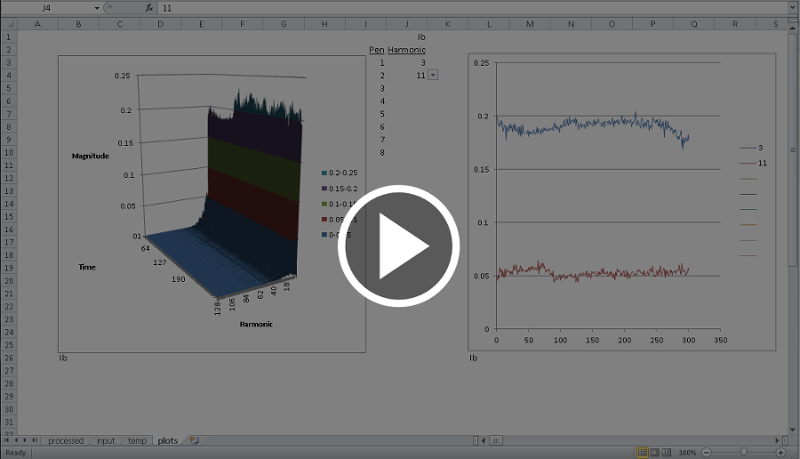
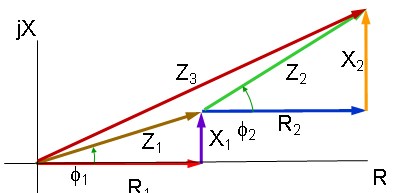




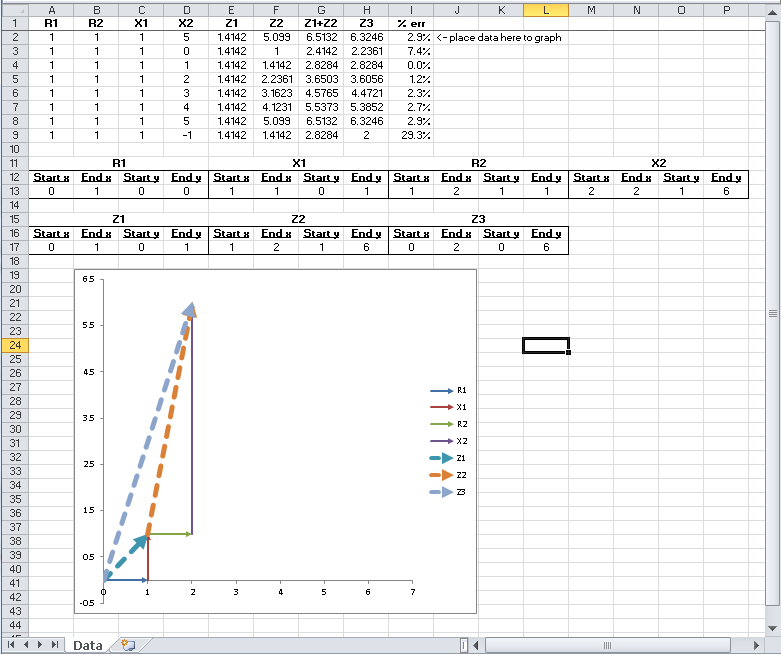

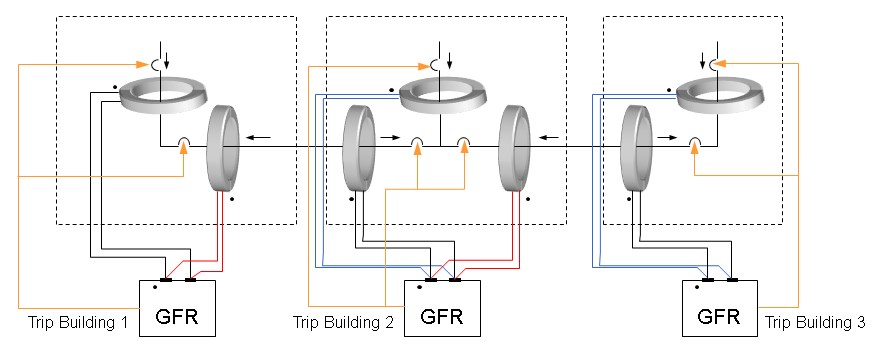
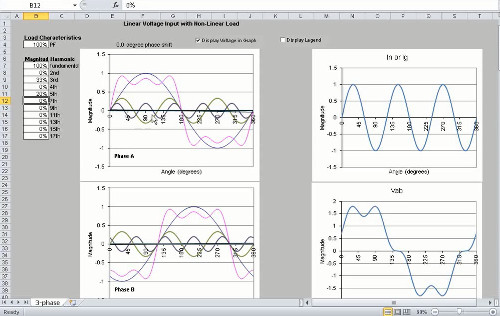
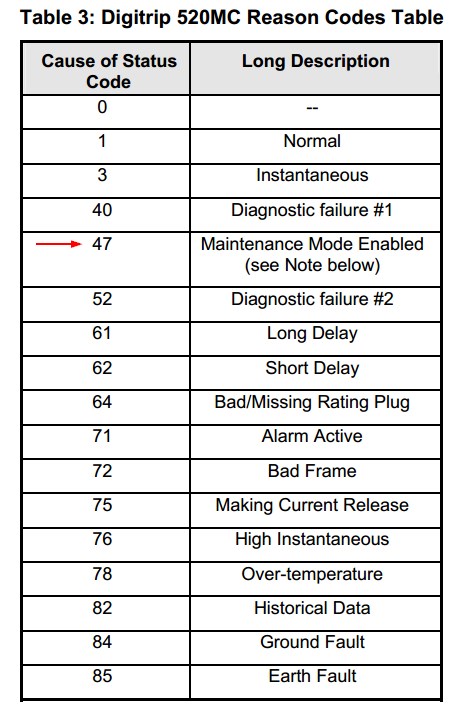
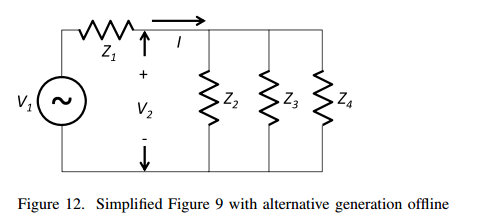
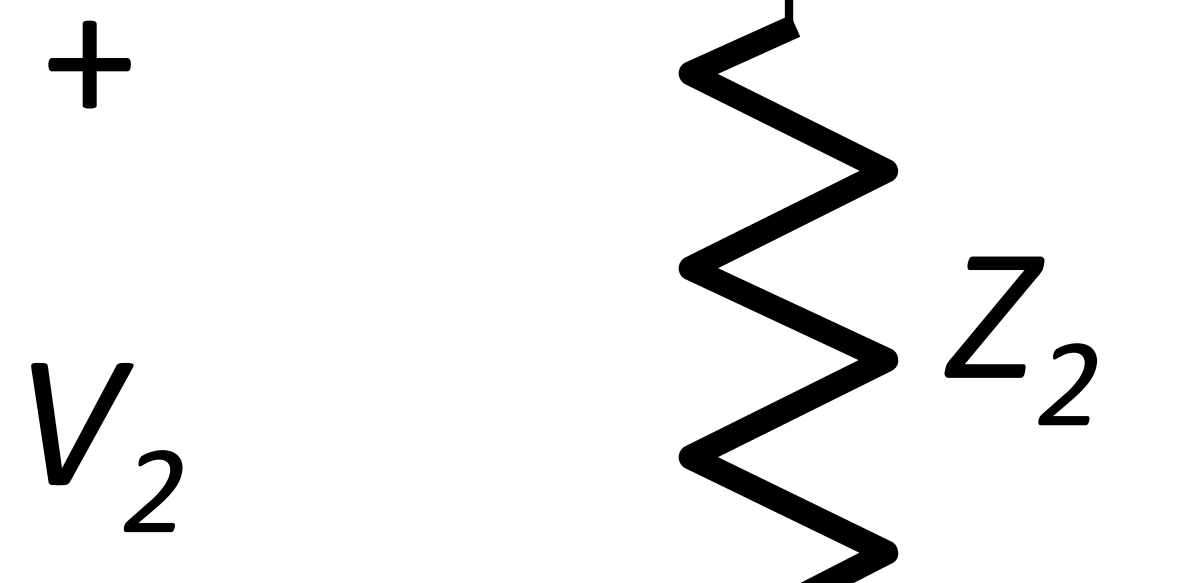
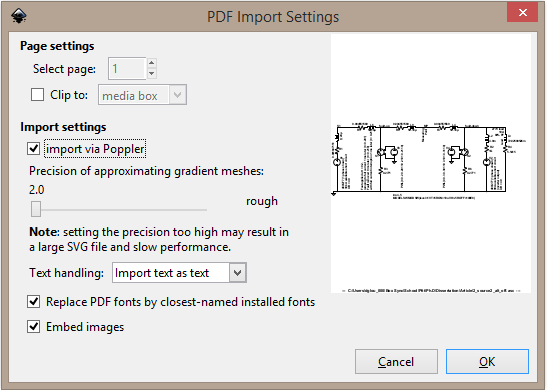
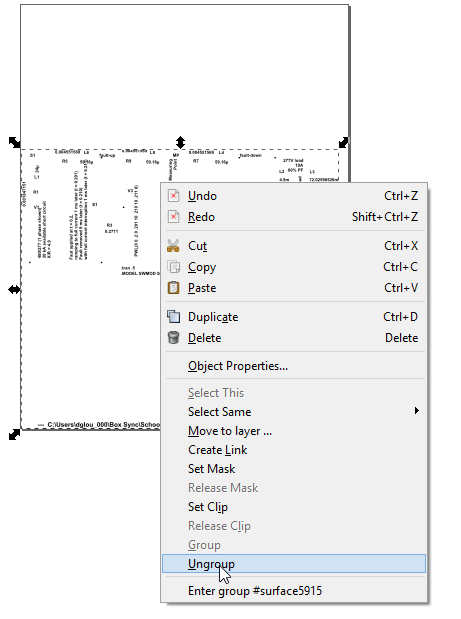

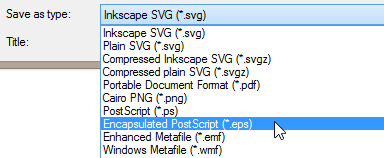
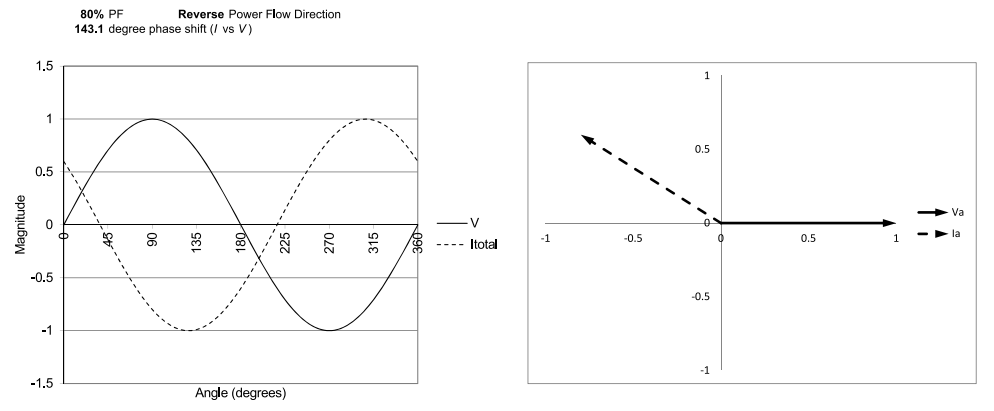
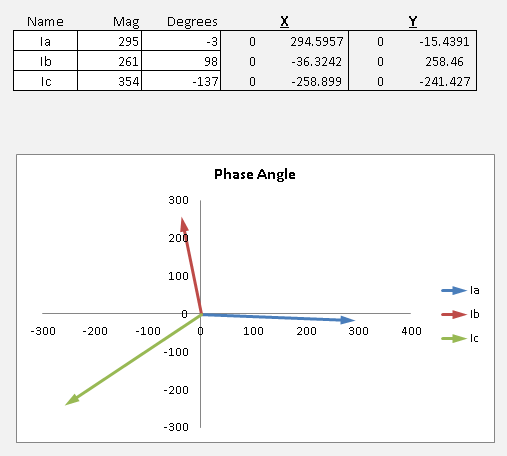
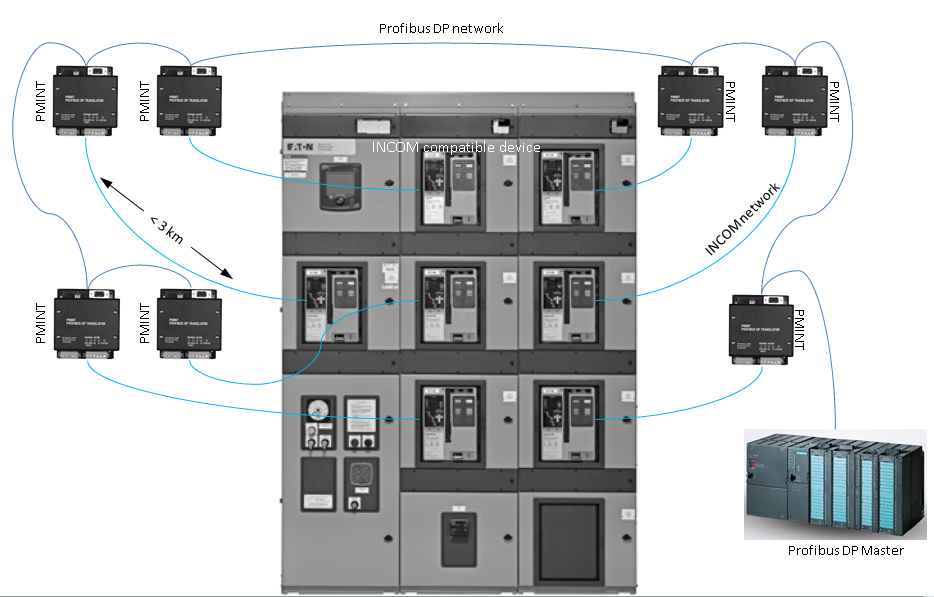
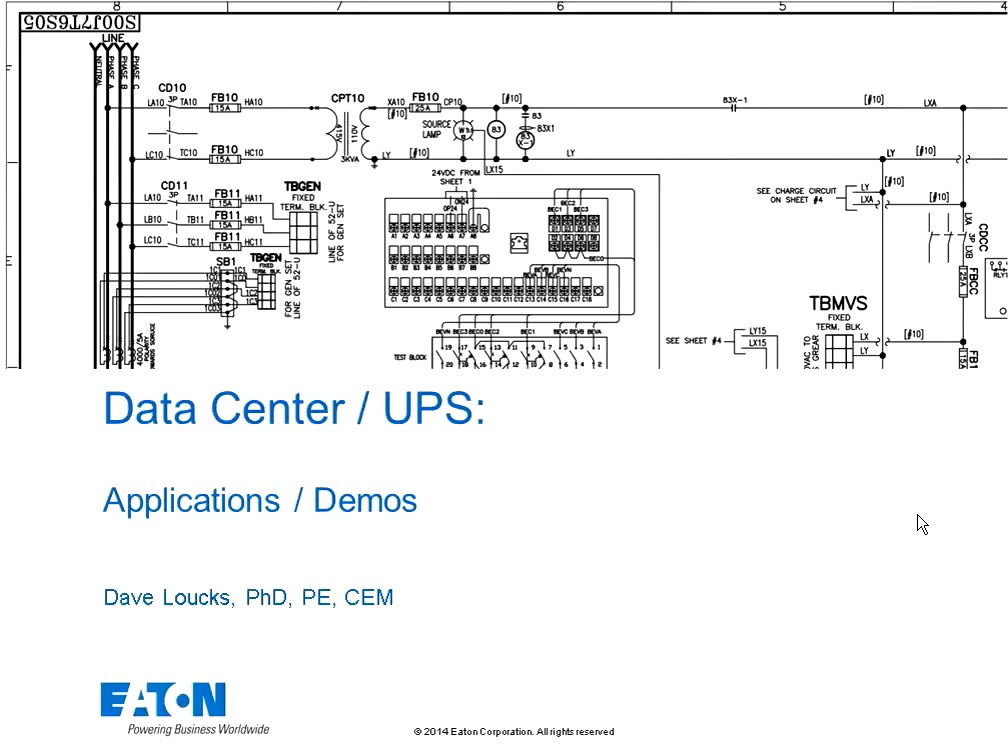
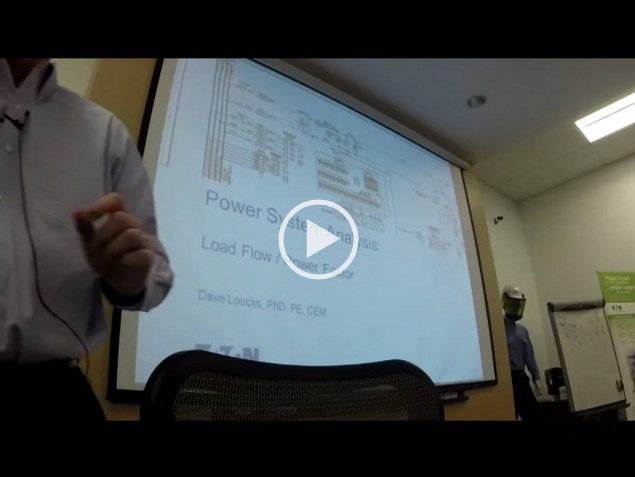
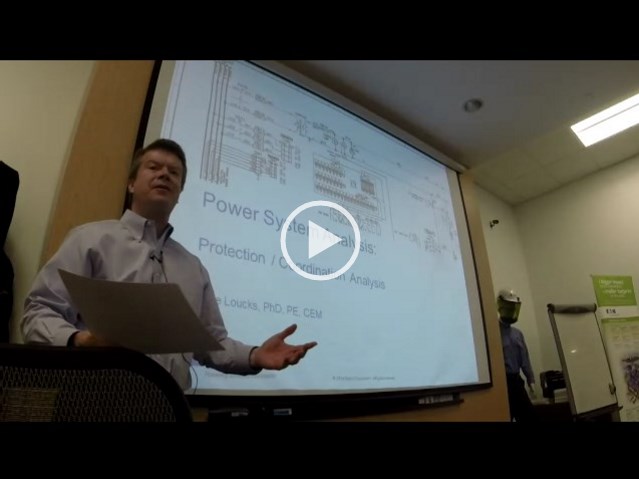
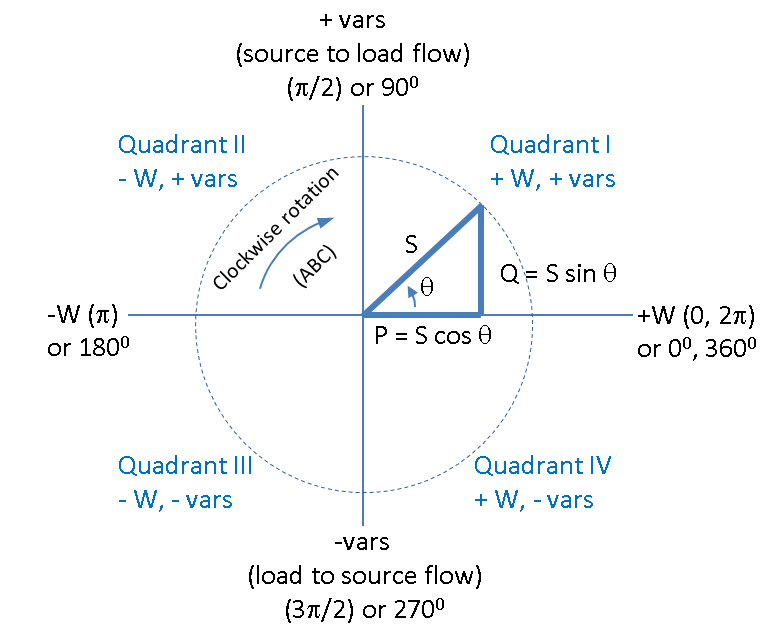
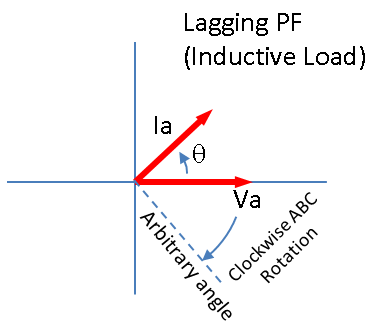
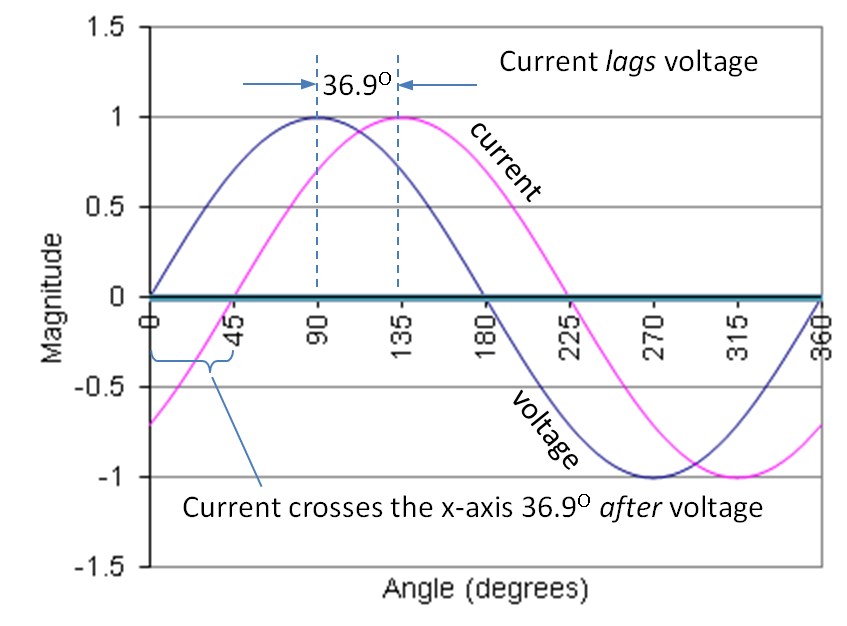



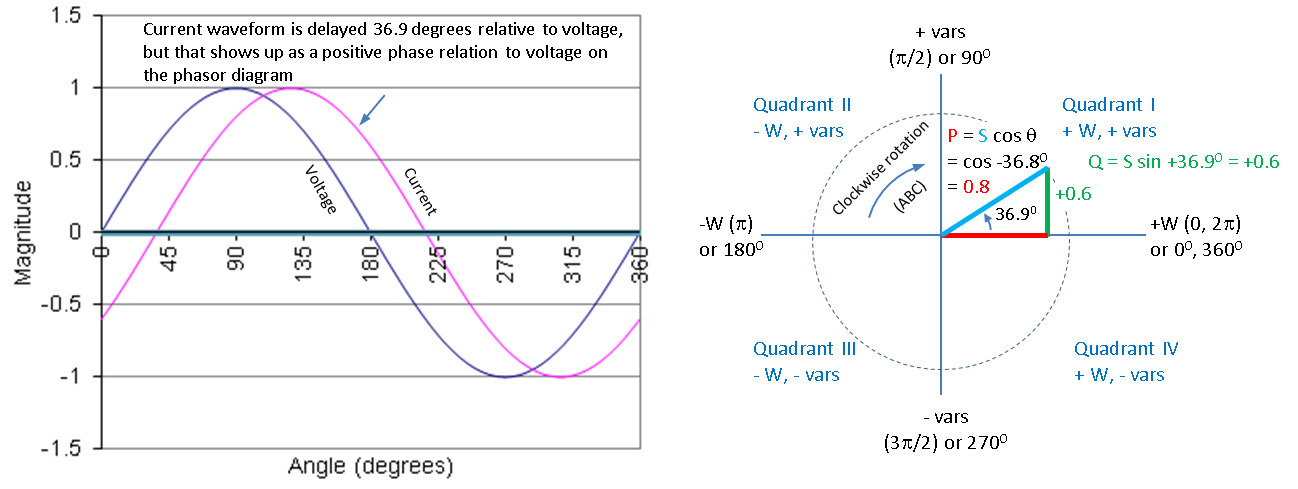
.png)
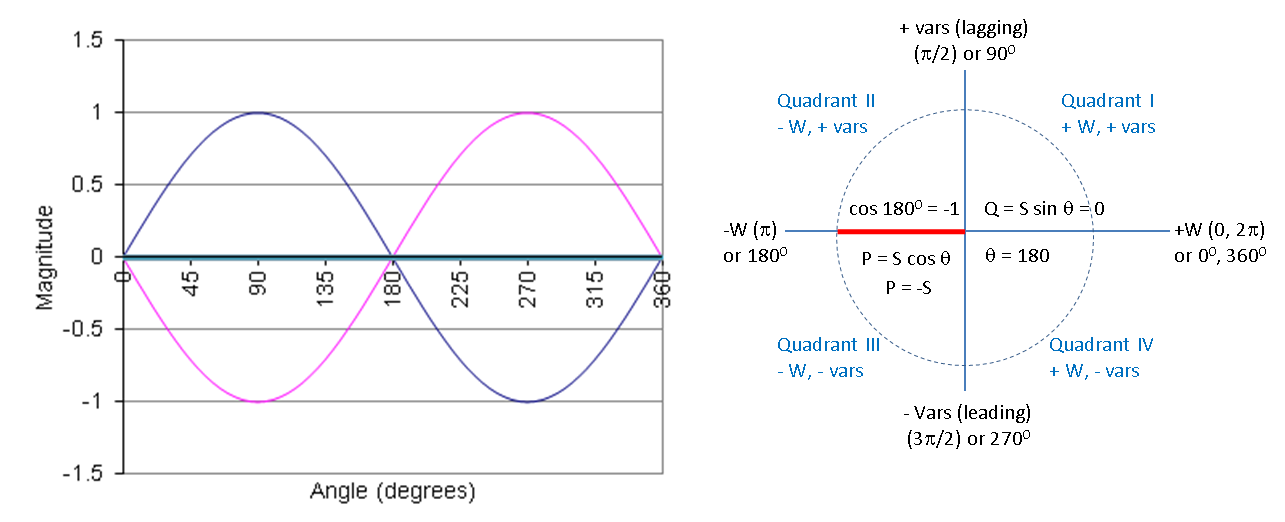
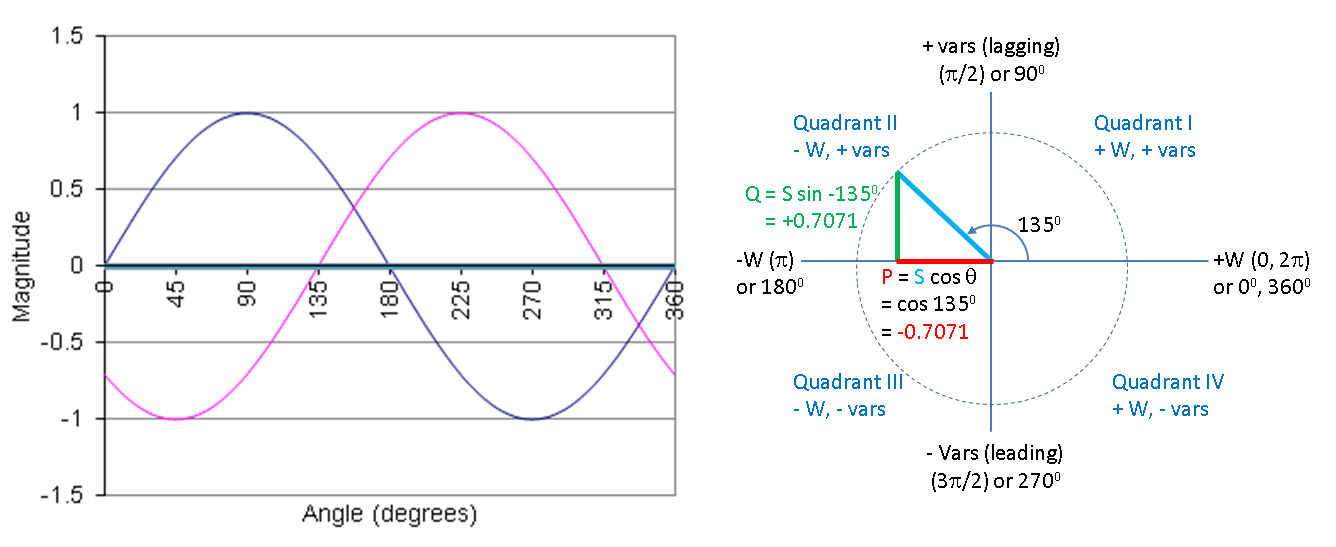
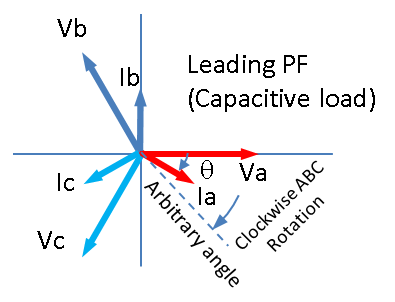
 :
: